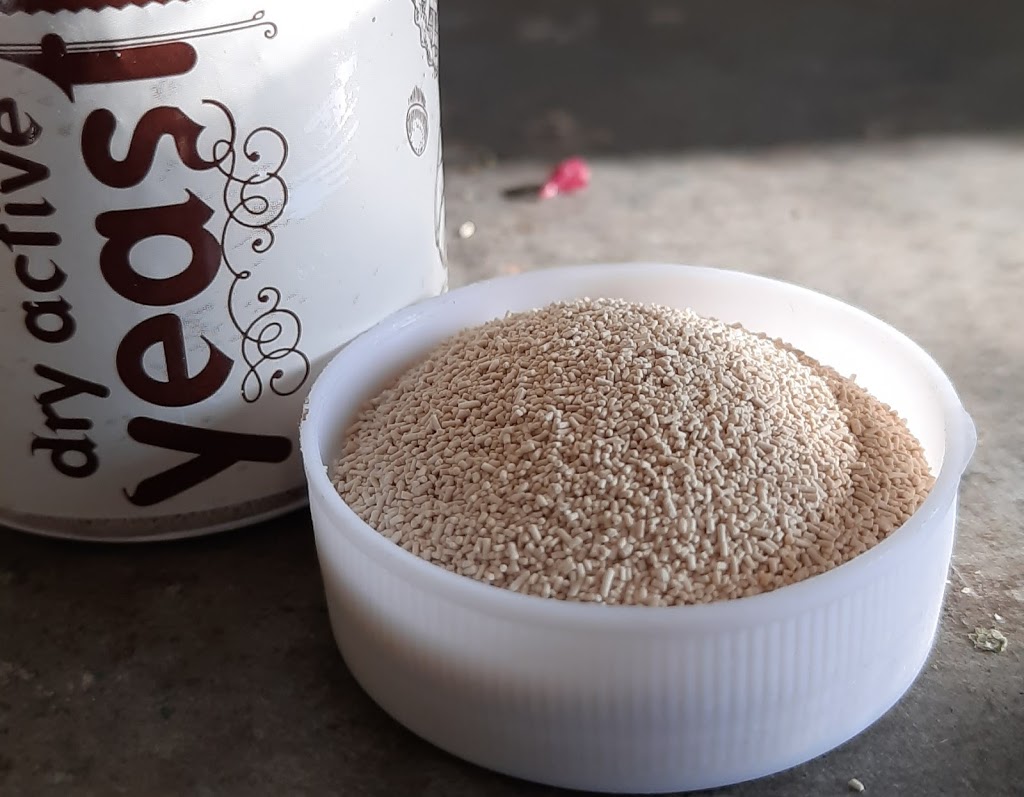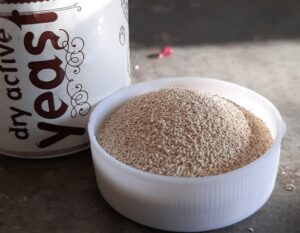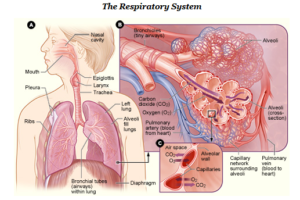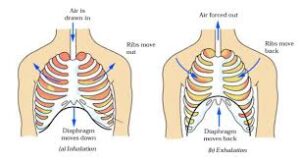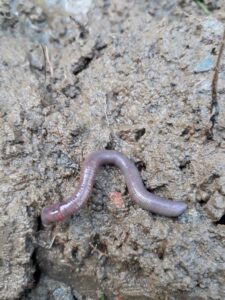Key Learning Points– Respiration, Breathing, Breathing rate, Inhalation, Exhalation, Respiratory system, Cellular(Internal) Respiration, Aerobic respiration, Anaerobic Respiration, Transpiration, Gills, Spiracles, Trachea(Wind Pipe)
Introduction-We need energy to do every kind of work. This energy is obtained from oxidation i.e. burning of digested food in presence of oxygen inside the cells. In oxidation of food oxygen is taken, carbon dioxide gas is released and biological energy A.T. P.s (Adenosine triphosphate) are generated.
The process by which the digested and absorbed food (glucose) is oxidized to release the energy is called respiration.
Respiration occurs in two phases–
1. Breathing/ External respiration
2. Cellular/ Internal Respiration
1. Breathing / External respiration– The taking of oxygen rich air inside the lungs is called inhalation. The releasing of carbon-dioxide rich fowl air from the lungs is called exhalation. Breathing comprises both inhalation and exhalation.
Breathing Rate– The number of inhalation and exhalation per minute by a person is called breathing rate. In infants and children, the breathing rate is higher than an old person. During sleeping the breathing rate is less than the breathing rate during any activity like playing.
The average breathing rate in an adult person is 15-18 times.
2. Cellular/ Internal Respiration- The glucose is raw material for oxidation inside the cell. Here the enzymes and oxygen helps in synthesis of biological energy A.T.Ps. It is done in the mitochondria of cells. So, mitochondria are called ‘power house of the cell.’
|
BREATHING |
RESPIRATION |
|
It is a physical process. |
It is a biochemical process. |
|
It occurs outside the cells. |
It occurs inside the cells. |
|
Inhalation and exhalation occurs. |
Oxidation of digested food occurs. |
|
No energy is released. |
Energy (A.T.P.) is released. |
Types of cellular Respiration–There are two types of cellular respiration-
(a) Aerobic Respiration– The respiration that takes place inside the cells in presence of oxygen is called as aerobic respiration. The glucose is broken into carbon dioxide gas, water and ATPs.
Glucose + Oxygen —–> Carbon dioxide + Water + 36 A.T.Ps
(b)Anaerobic Respiration– The respiration that takes place in absence or partial presence is called as anaerobic respiration. On this basis there are two types of anaerobic respiration-
(b.1) Anaerobic Respiration in absence of oxygen/Fermentation— The yeast cells in absence of oxygen prepare ethyl alcohol, carbon dioxide and little amount of A.T.Ps. Due to formation of carbon dioxide gas yeast is used in bakery to make bread.
Glucose —Absence of Oxygen —–> Ethyl alcohol (or Ethanol) + Carbon dioxide + 2 A.T.Ps
This type of reaction is also called as fermentation. The alcohol production is called brewing. It is a very old method of wine preparation.
(b.2) Anaerobic Respiration in partial presence of oxygen-When muscles are working very actively and supply of oxygen upto the fatigue muscles becomes limited then anaerobic respiration occurs. As a result the lactic acid is formed in fatigue painful muscles cramps are caused.
Glucose —Partial presence of Oxygen —–> Lactic Acid + 2 A.T.Ps
|
AEROBIC RESPIRATION |
ANAEROBIC RESPIREATION |
|
Occurs in presence of oxygen |
Occurs in absence or partial presence of oxygen |
|
Carbon dioxide gas and water are produced. |
Ethyl alcohol, carbon dioxide gas or lactic acid are produced |
|
36 A.T.Ps are released from one glucose. |
2 A.T.Ps are released from one glucose. |
|
Takes place all the time in living organisms. |
Takes place for a short duration on living organisms. |
Human Respiratory System – It consist of nose having nostrils, pharynx- common passage for food and air and having muscular flap called epiglottis, trachea having larynx /Adam’s apple, bronchi, bronchioles and alveoli.
Mechanism of Respiration– The mechanism of respiration consists of inhalation and exhalation of air. During inhalation, the volume of chest cavity increases due to downward movement of diaphragm and upward and outward movement of ribs. The air pressure inside the chest gets reduced than the outside atmosphere. So, the oxygen rich air is inhaled.
During exhalation, the volume of chest cavity decreases due to back movement of diaphragm and ribs.
The air pressure inside the chest cavity is increased than the outer atmosphere as a result the carbon dioxide rich fowl air comes out.
Respiratory Gases percentage
|
Breathing form Gas Percentage |
Inhalation |
Exhalation |
|
% of Oxygen |
20.14 % |
16.3 % |
|
% of Carbon Dioxide |
0.04 % |
4.4% |
|
Activity- To prove that CO2 Gas is released during exhalation- Requirements– Lime Water (Calcium hydroxide), blowing glass/steel pipe, dropper and test tube Procedure– In a test tube, lime water was gently taken with the help of a dropper. The air to be breath out is passed to lime water by blowing pipe. It was repeated about 10-15 times. Result– The light blue coloured lime water turned into milky white colour. It is due to formation of calcium carbonate. Lime water + Carbon dioxide (from exhalation) —-> Calcium carbonate (milky white) Ca(OH)2 + CO2 —> CaCO3 |
Respiration in other organisms-
1. Insects– The insects have tracheal system as their respiratory system. The air is inhaled and exhaled through small pores ‘spiracles’ present on the side of their body.
2. Earthworm– The exchange of respiratory gases like oxygen and carbon dioxide occurs through thin and moist skin by diffusion. It is an example of cutaneous respiration.
3. Fish- Many of the bony fishes have ‘Gills’. The gills help in taking of oxygen dissolved in water and carbon dioxide is released through mouth.
4. Plants– The leaves have minute pores called ‘stomata’. Through stomata exchange of oxygen and carbon dioxide gas takes place. In the roots the exchange of gases occurs through the root has and outer epidermal cells by diffusion.
EXERCISE QUESTIONS-
Q.1 Why does an athlete breathe faster and deeper than usual after finishing the race?
Ans-
